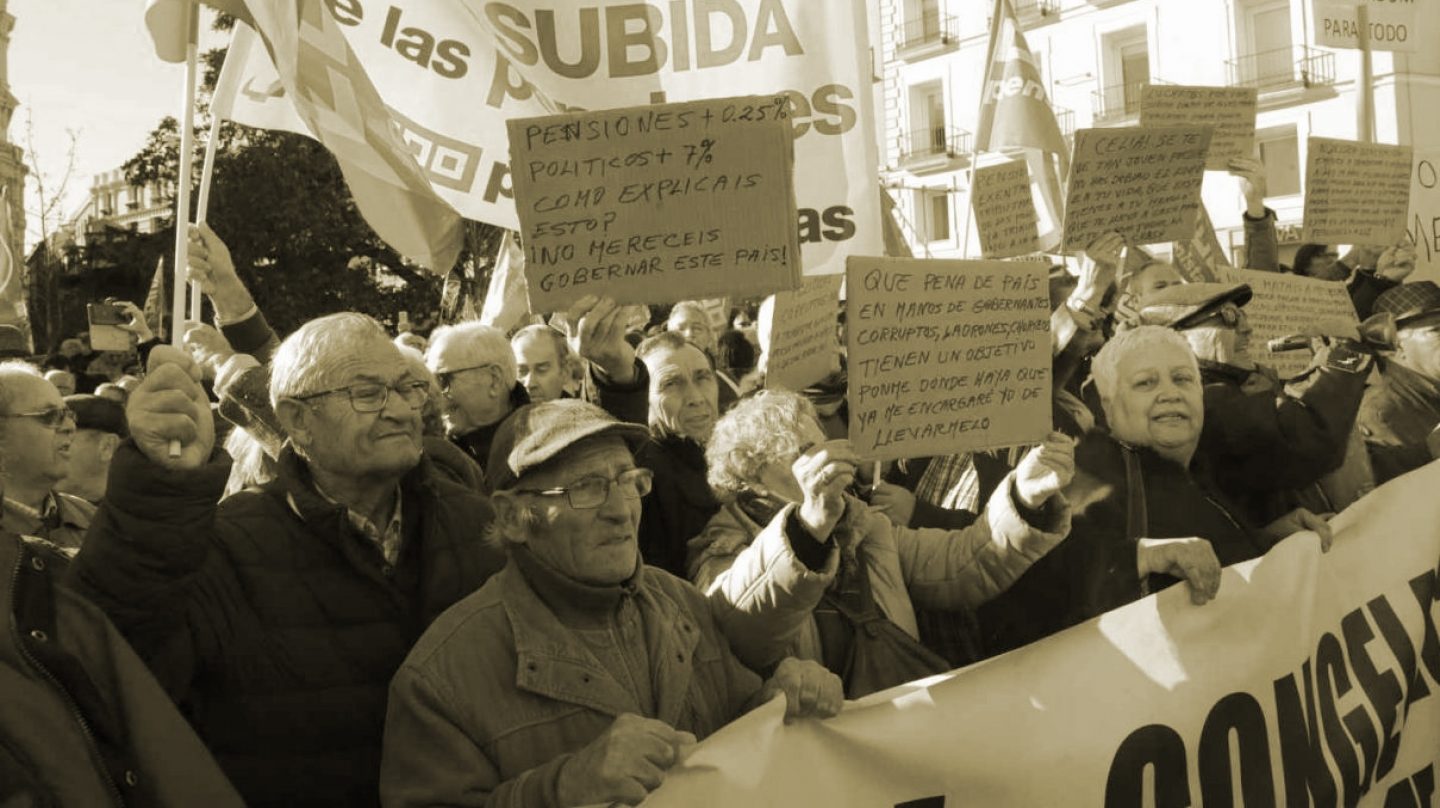
20.10.2020
ERE, ERTE and collective dismissals. The basics
PorERE, ERTE and collective dismissals. The basics
When we refer to ERE, we mean a redundancy procedure, as a definitive measure (ERE: Exprediente de Regulación de Empleo: Employment Regulation File). The ERTE (or temporary ERE) is a temporary employment regulation file, which has its own conditions (ERTE: Exprediente de Regulación Temporal de Empleo: Temporary Employment Regulation File). We will discuss today ERE, ERTE and collective dismissals. The basics.
Both the ERE and the ERTE are adopted for economic, technical, organizational or production reasons. The ERE and the ERTE are regulated in Articles 51 and 47 of the Workers’ Statute, respectively. They are challenged through the channels provided in Article 124 LRJS (Ley Reguladora Jurisdicción Social – Labor Jurisdiction Act) before the Labor Courts.
But, let’s assume that a company is immersed in a bankruptcy situation. Is the process different if the ERE takes place outside or inside the Bankruptcy Procedure?
ERE outside the Bankruptcy Procedure
First of all, the process begins with the communication of the Company to the workers’ representatives at the beginning of the consulting period.
Secondly, the company informs the Labor Authority of the beginning of the consultation period. This will be different in companies with less than 50 workers than in companies with more than 50 workers. For companies with fewer than 50 employees, the consultation period is 15 days, and for companies with more than 50 employees, the consultation period is 30 days.
As result of this, at the end of the consultation period, the minutes are provided to the Labor Authority. They will also be presented to the Labor Authority, in case of no agreement.
As for the application, the Labor Authority communicates the ERE to the Labor Inspectorate and requests a report from it. The Organ that resolves will be the Labor Authority.

Si te ha interesado este artículo no dudes en leer:
Is the dismissal of a worker on medical leave void?
ERE within the Bankruptcy Procedure
In the event that the company seeking collective extinction is declared in insolvency proceedings. The extinction must be adapted to the procedure established in the Bankruptcy Law.
In the first place, the process starts when (1) the debtor, (2) the Bankruptcy Administration or (3) the workers’ representatives, request from the Bankruptcy Judge the processing of the ERE.
Secondly, the judge calls the employer, the insolvency administrator and the workers’ representatives to the consultation period. This period is different depending on the number of workers that the Company has.
As a result, when the consultation period ends, the minutes are provided to the Bankruptcy Court. In case of no agreement, they must also be presented to the Commercial Court resolving the Bankruptcy.
In relation to the procedure. It will be the Bankruptcy Judge who communicates the ERE to the Labor Authority and requests a report from it. The judge is the one in charge of solving this case.
Bankruptcy’s Judge. The appeal against the judge’s decision will be heard by the Labor Chamber of the Superior Courts of the Autonomous Community where the Commercial Court is located.
Conclusion
In conclusion, we must say that the content of the ERE/ERTE application must be the same in both cases. As we have observed, the process is practically identical, but the resolving organ will be different if the ERE is filed within a Bankruptcy procedure or outside it. The judge of the Bankruptcy will be the one who resolves in a bankruptcy situation, while outside a Bankruptcy procedure, it will be the Labor Authority.
If this article has been of interest, we also suggest you to read the following article published on our website:
Workers in Bankruptcy Procedure (rights, privileges and FOGASA)












